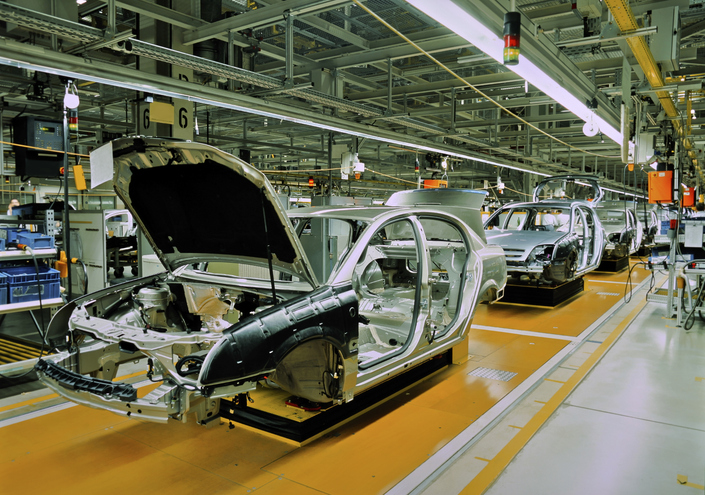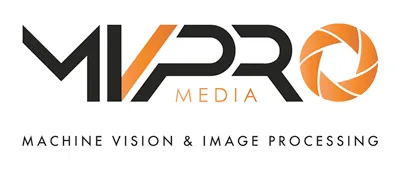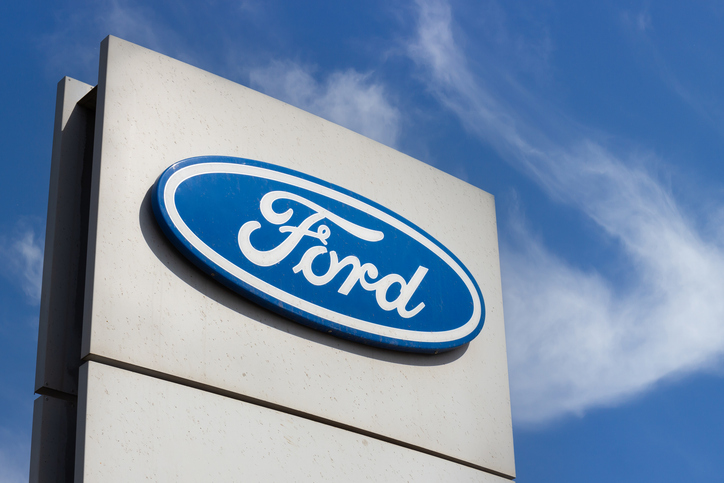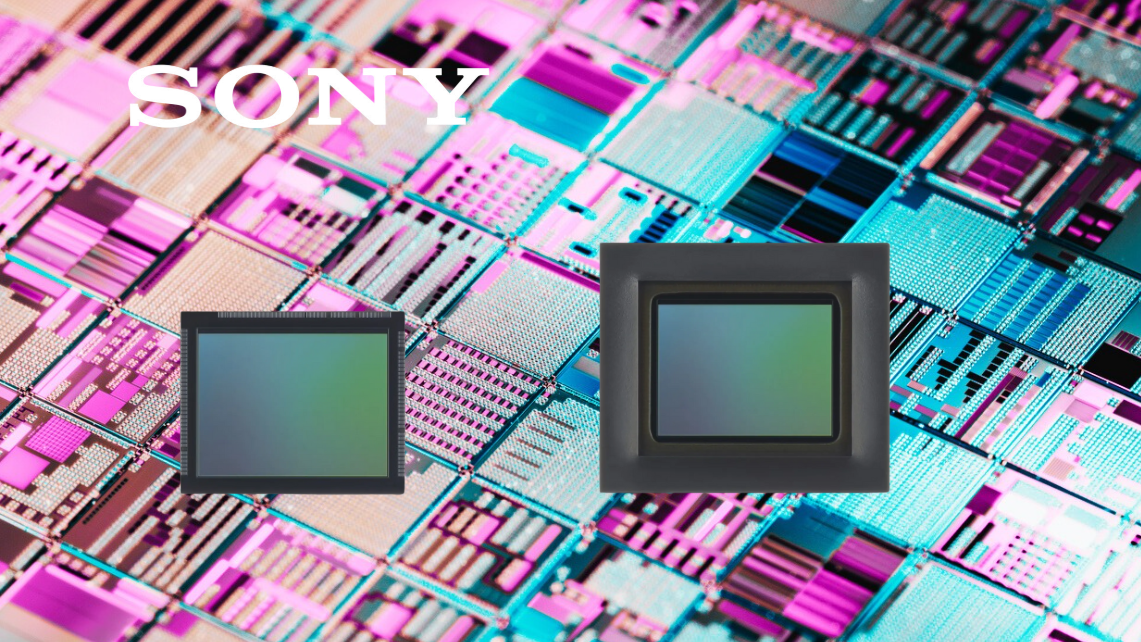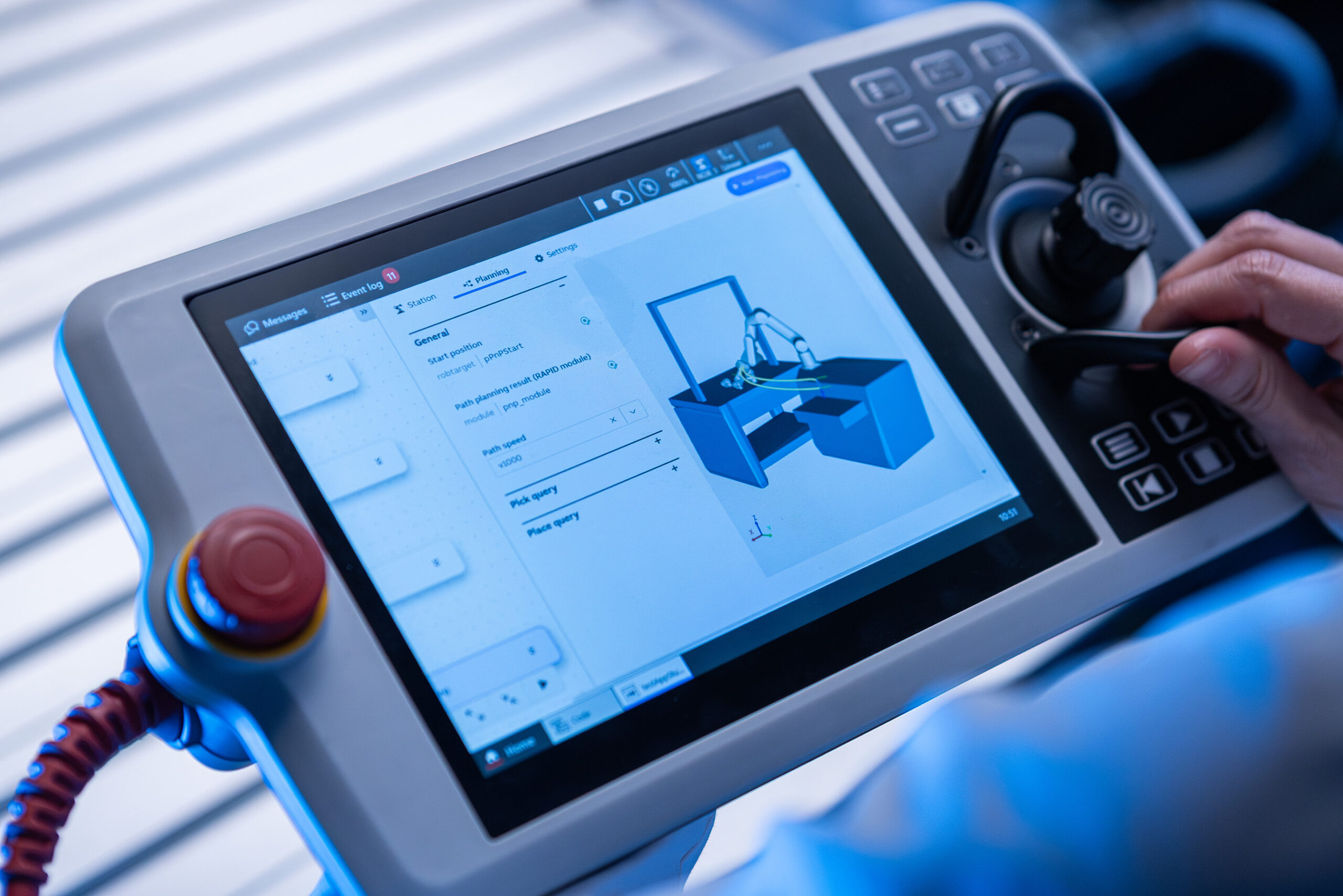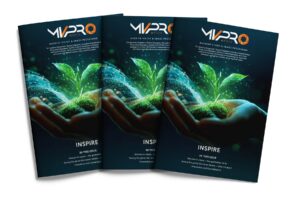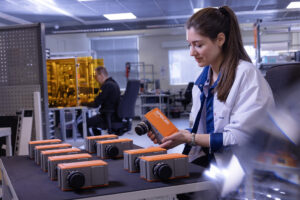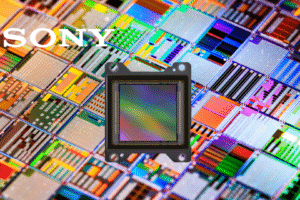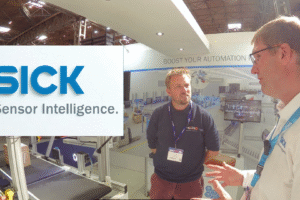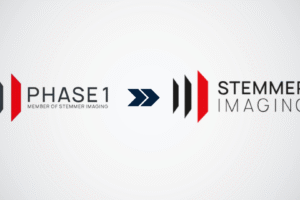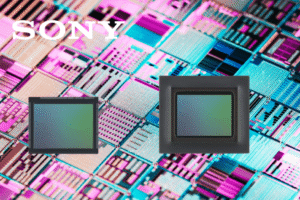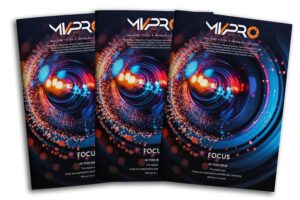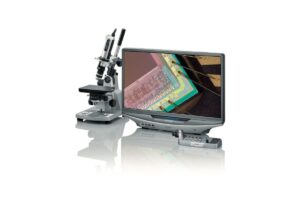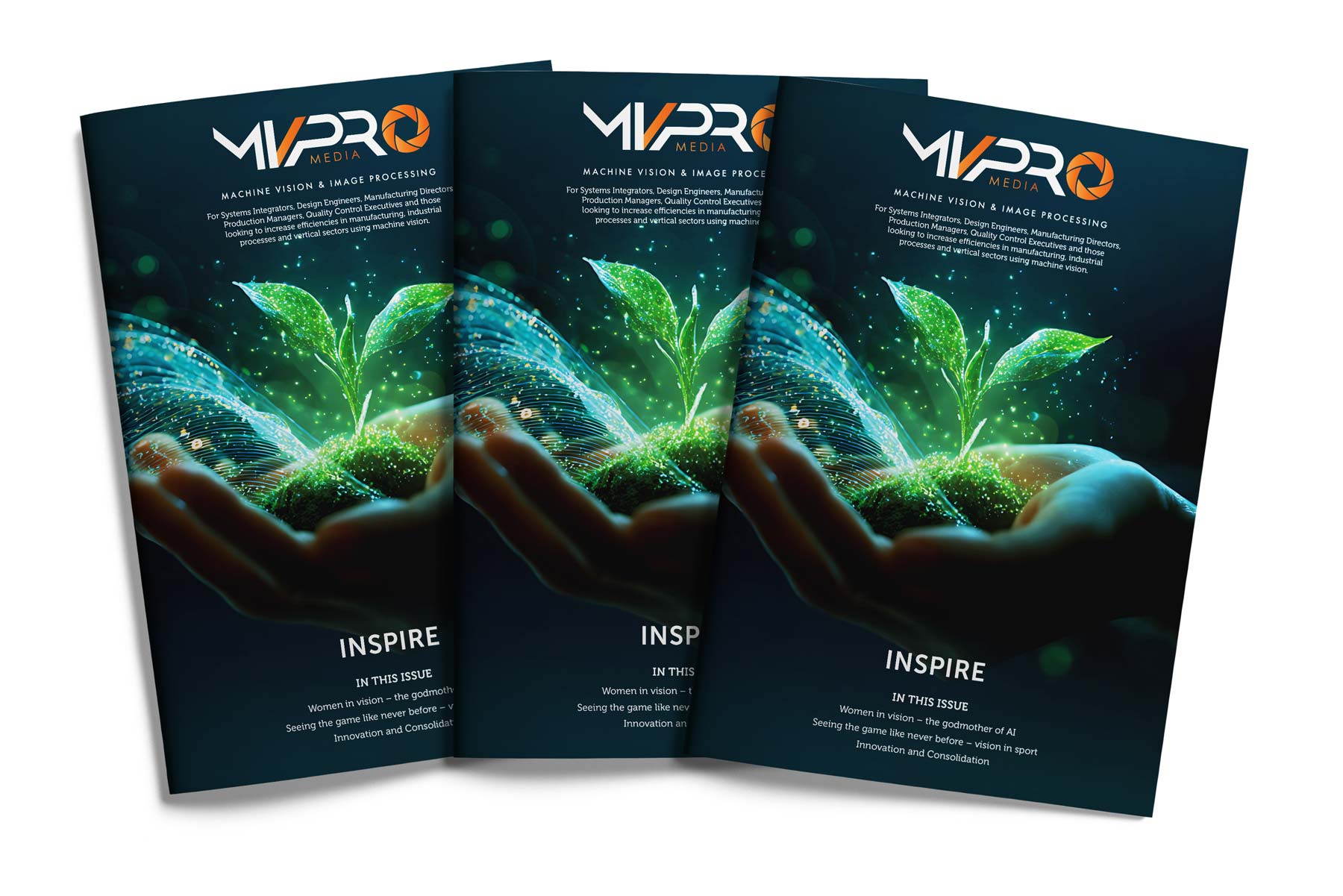On the surface, the Ford F150 rolling off the Dearborn Truck Plant line looks like any other best-selling pickup. Behind the scenes, however, the assembly of more than 300,000 vehicles a year now depends on a new layer of intelligence: AI powered machine vision systems engineered to detect errors invisible to the human eye. For an automaker grappling with mounting recall costs, the difference could prove transformative.
The deployment centers on two distinct but complementary platforms. AiTriz, introduced at the end of 2024, is a video-based inspection system built on convolutional neural networks optimized for real-time video analysis. High-resolution cameras monitor assembly points continuously, flagging anomalies such as misaligned brackets, misplaced connectors, or incomplete seating of components. The system is sensitive enough to detect deviations of less than a millimeter, an essential capability when dealing with intricate electronics and safety-critical fittings.
Running in parallel is MAIVS, rolled out in early 2024, which operates as a still-image verification system. Here, standard smartphone cameras are mounted at inspection stations and configured to capture high-quality images as each assembly step is completed. These images are uploaded to an inference engine that cross-checks them against trained models of correctly assembled parts. MAIVS acts as a fast, reliable “yes or no” validator, ensuring that even small but consequential details are confirmed before a vehicle moves further down the line.
The scale of integration is impressive. AiTriz now operates at more than thirty inspection nodes, each analyzing continuous video streams under challenging conditions that include variable lighting, worker movement, and reflective surfaces. MAIVS extends much further, with nearly seven hundred inspection points across North American plants. Together, the systems form a layered inspection network that combines the adaptability of live vision with the certainty of snapshot validation.
What makes these systems noteworthy in the machine vision community is their ability to operate in unstructured, dynamic environments without disrupting production cadence. Unlike traditional fixed-rule inspection systems that rely heavily on consistent lighting and precise part positioning, Ford’s AI platforms are trained to tolerate variability. Workers passing through the frame, parts appearing at slight angles, or changes in the brightness of assembly areas no longer prevent accurate detections. This robustness stems from extensive model training on vast datasets of real-world production imagery, allowing the systems to generalize effectively rather than rely on brittle rule sets.
The timing of these deployments reflects an urgent business need. Ford has been plagued by record recall numbers, with tens of millions of vehicles affected in the past five years. For every recall, the costs extend beyond repairs to include labor hours, parts logistics, and reputational damage. Catching errors at their source—rather than at end-of-line audits or, worse, in the customer’s driveway—represents a direct link between machine vision investment and corporate financial performance.
For engineers, the real advance lies in the systems’ integration into the production feedback loop. Instead of acting as passive monitors, AiTriz and MAIVS provide real-time data streams that assembly operators can act on immediately. If a misalignment is flagged, corrective action can be taken within seconds, preventing the error from being buried under layers of subsequent assembly. This closed-loop control, enabled by fast inference speeds and seamless communication with plant systems, marks a step change from earlier generations of machine vision, which often operated in isolation.
Looking forward, Ford’s vision team is already exploring deeper automation. Future iterations are expected to incorporate multimodal sensing, combining visual inspection with depth data or thermal imaging to catch defects invisible to RGB cameras alone. There is also scope for federated learning models, where inspection systems across multiple plants share training insights, allowing detection algorithms to evolve rapidly as new vehicle designs and assembly challenges emerge.
For the wider machine vision field, Ford’s rollout demonstrates that AI powered inspection has moved beyond pilot projects and lab demos into full-scale, mission-critical production environments. It is not about replacing human inspectors but augmenting them, embedding vision intelligence directly into the heartbeat of assembly lines. In doing so, Ford has positioned itself as a test case for how automotive giants—and manufacturers more broadly—can leverage machine vision to bridge the gap between rising product complexity and uncompromising quality expectations.
The Dearborn plant may be producing trucks, but its real output is a blueprint for the future of smart manufacturing: high-volume production guided not just by human hands and mechanical robots, but by cameras, neural networks, and vision systems that never blink.
